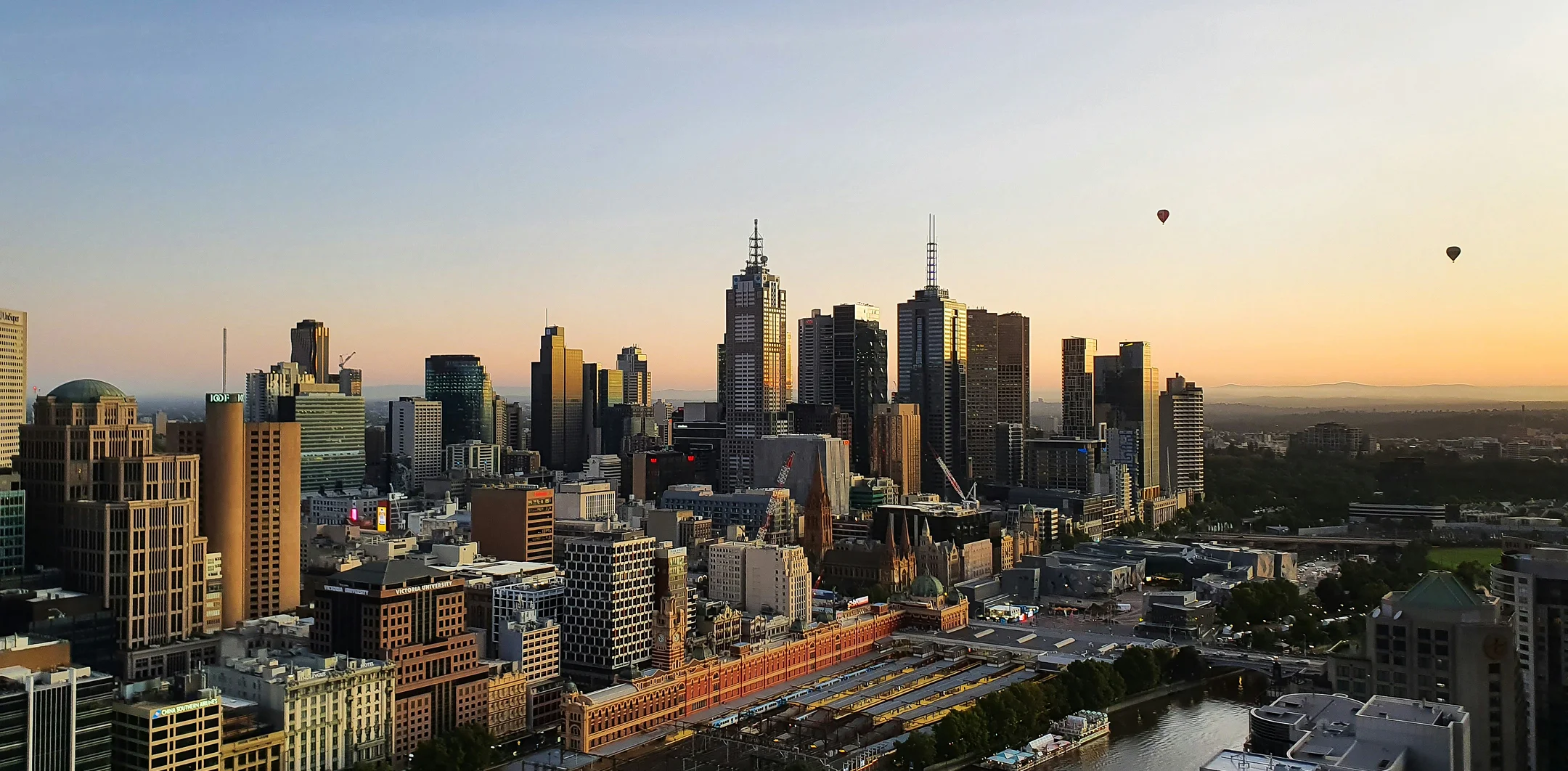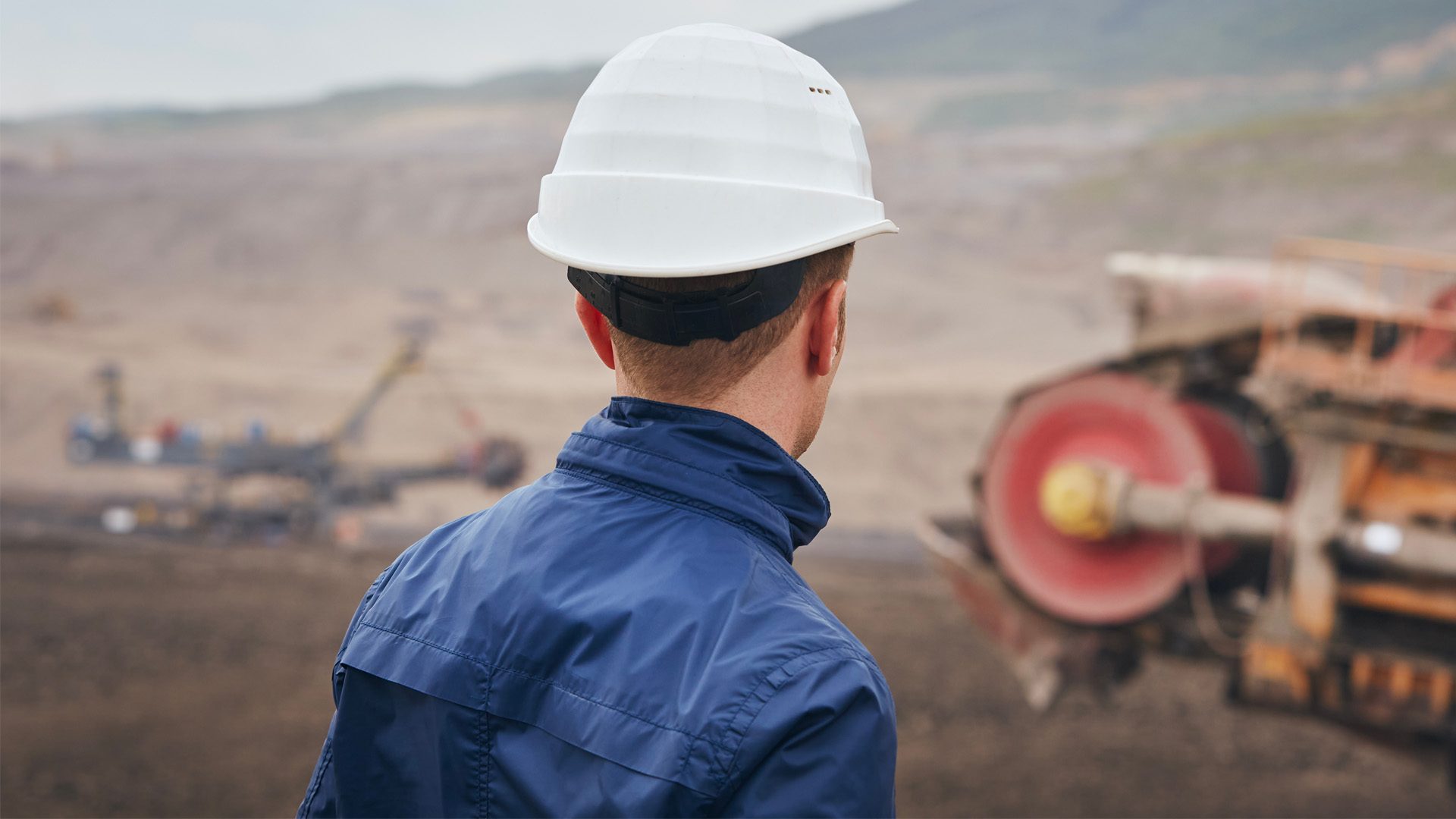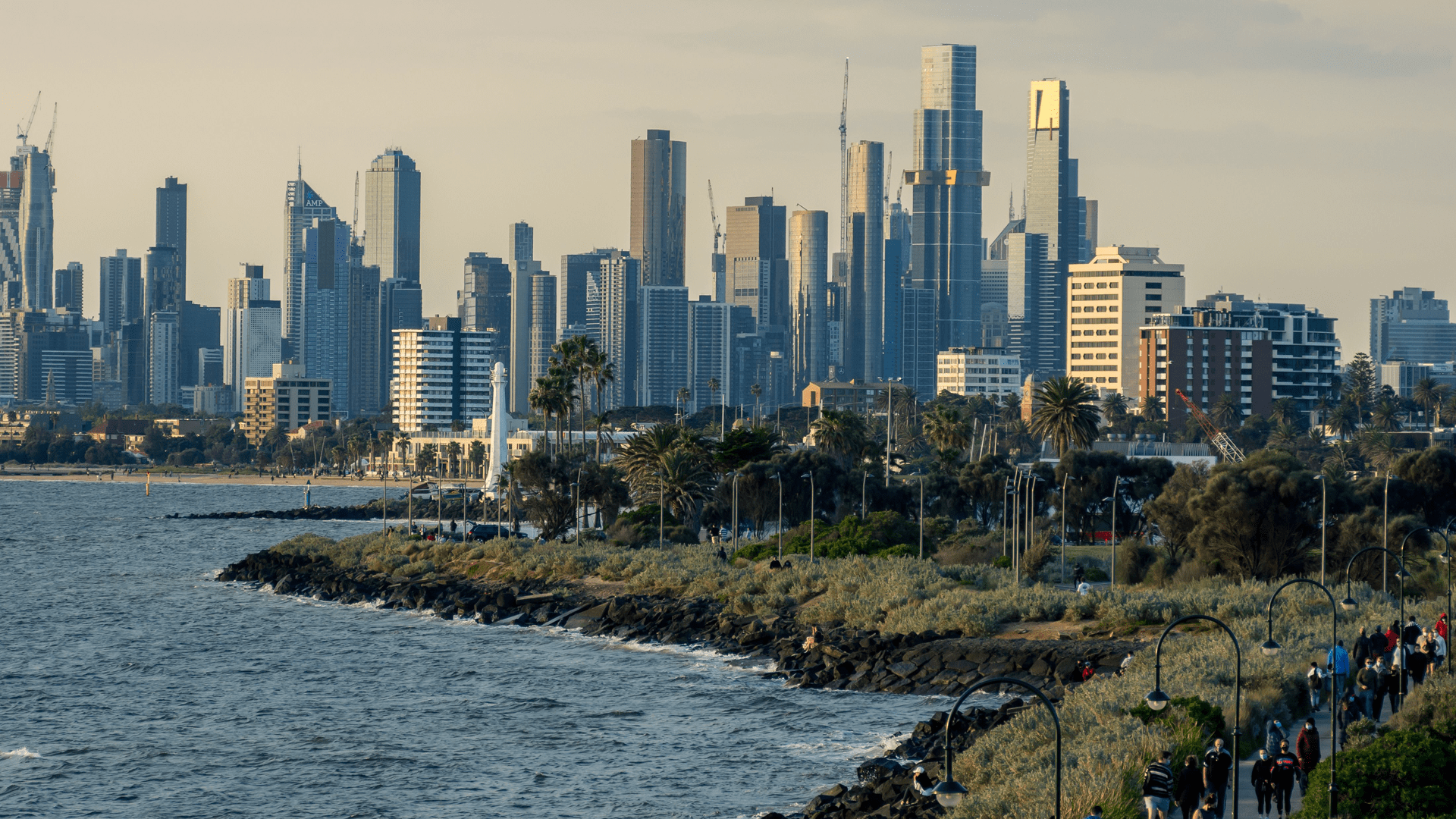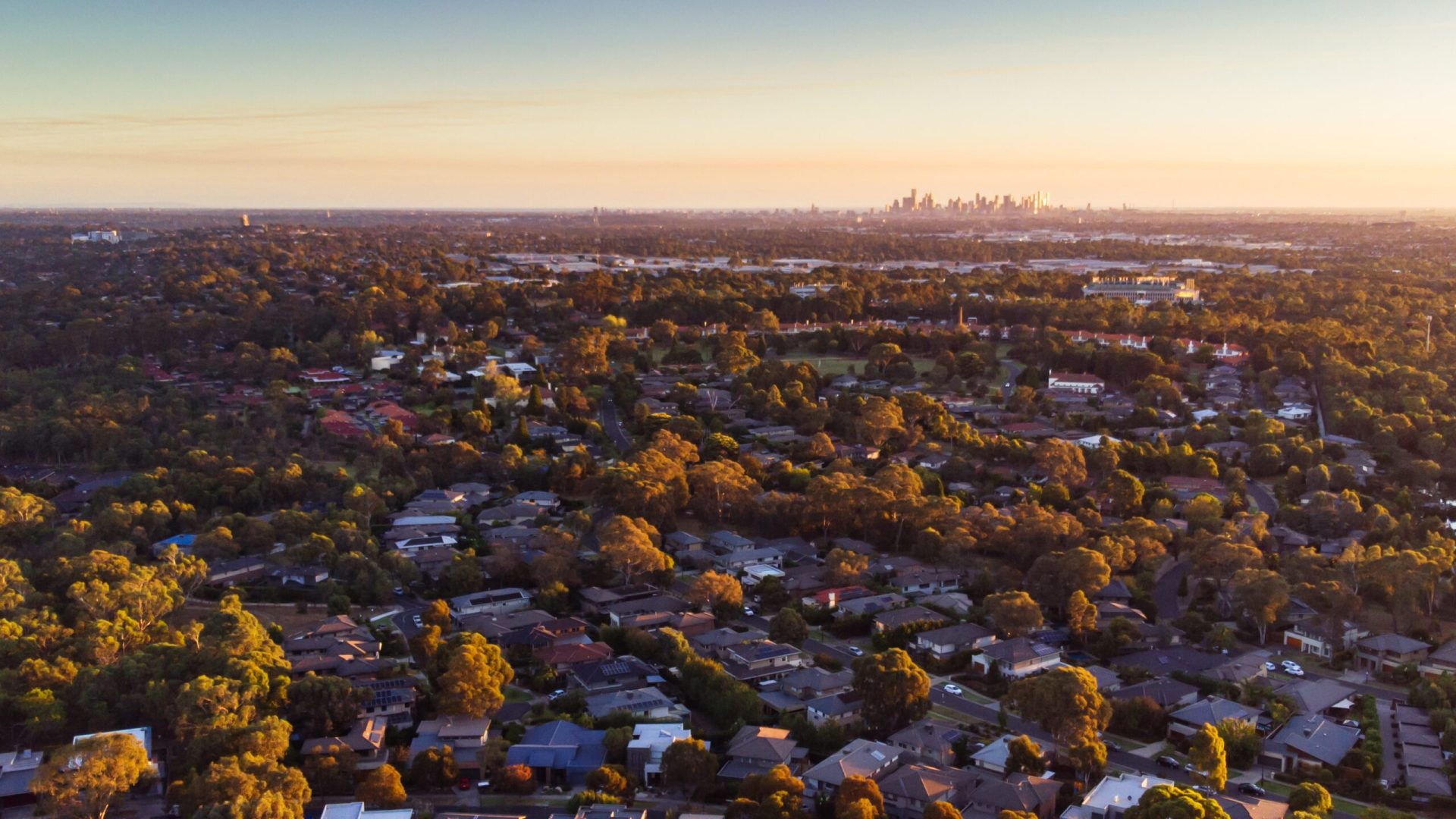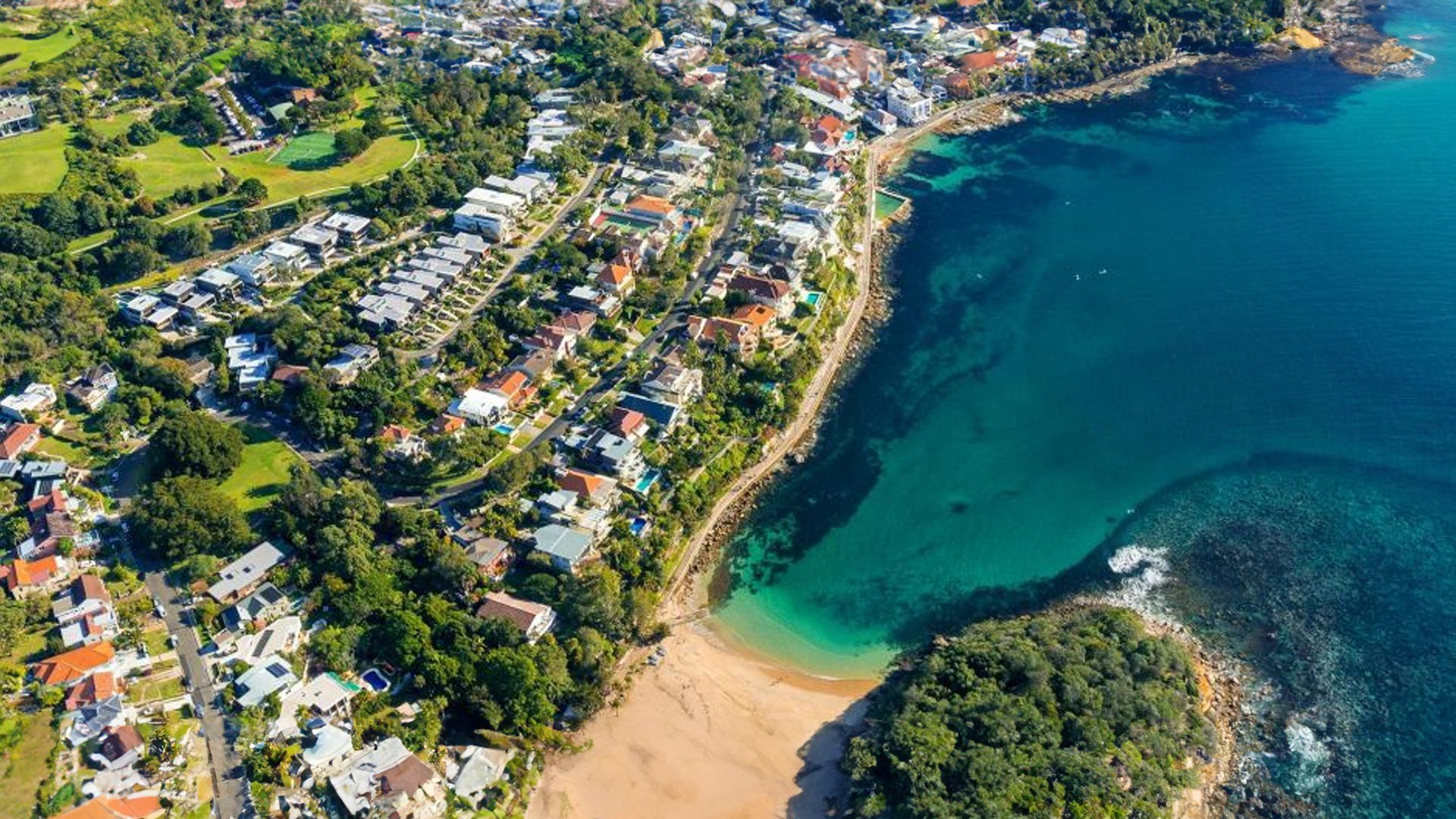By Cam McLellan
Today I want to talk about investing in multiple capital cities and how to be comfortable and secure buying an investment property in a market other than where you live.
Most people get serious about investing and their financial goals at around 30 and if you think about the worst case scenario, with capital city properties doubling in value every 10 years, then you get two growth cycles between the ages of 30 and 50. So if you invest $500,000 in a Melbourne property at age 30, your portfolio value should double twice by age 50 to $2,000,000 and there is nothing wrong with that. The thing is, property markets cycle and at the end of the Melbourne growth cycle, for example, when we have seen a bit of growth, it would be really nice to jump into the Brisbane, Perth or Sydney markets and compound the amount of growth you can have over that 20 or 30 year investment journey. If you can spread your portfolio across three or four capital cities, you’re essentially getting six or eight growth cycles in the same timeframe.
This is all well and good but it doesn’t change the fact that you probably don’t feel comfortable investing in a city you’re not familiar with. Most people will work at least 40 hours a week for someone else to earn $90,000 but they won’t do the work required to become comfortable with an interstate area and extend their portfolio. You might spend about four weekends and $5000 flying interstate, driving around and doing the work to investigate other capital cities but wouldn’t the pay off of six or eight growth cycles in your portfolio be worth it? If you can’t do the work, find out if there is someone in the capital city you’re interested in who can do the work for you… that’s what I do!
To identify which markets you should be flying to and investigating go back to the MAP process (market, area, property). Then it is matter of breaking the new area down into regions or corridors; for example you have north, south and west of Brisbane. Once you break down areas into growth corridors you can start looking at the population growth versus supply, in each of those and knock out the ones that have an undersupply or oversupply of population growth forecast.
Once you get to this point you can get down to researching suburbs. To decide on a suburb we don’t just look at where the new Coles shopping centre or school is going in because in isolation, these things aren’t going to get you capital growth in a hurry. Amenities are important but they’re not the primary things we focus on. Instead, the first thing you will want to asses when you’re driving around is undersupply. You need to check that you are in an existing suburb, not in a paddock where there are bucket loads of developable land. We want our property to be among existing houses and to have a scarcity of land because undersupply with a lot of demand drives prices up. You will want to identify supply and demand because that way you will be able to buy before the Coles goes in!
We also look for a stable population. The easiest way to do that is to look for diverse employment areas. Mining towns are the classic example of a town with one major employer and if the mine stops or the employer leaves, the results will not be great. We want stable capital cities where there is local employment and easily accessible CBDs or principal activity centres. Principal activity centres are hubs of local employment and amenities which are the way state governments are going these days.
The population will come first, people will pay their rates and then the council will have the ability to provide infrastructure and amenities. It is all about having a bit of foresight and the conviction to say, “This is a set of criteria that is going to work for me”. By the time the market has started to boom, you’re too late – you want to be coming in early and taking advantage of the upswing. There is a check sheet you can use to select markets, areas and properties, on our website: opencorp.com.au/resources.
So after you are comfortable and have purchased the property, what if the interstate tenant rings up and tells you the toilet is broken? Two words: property managers! Property managers are experts in what they do; they are your eyes, ears and day-to-day problem solvers. I have great property managers but the less I hear from them, the happier I am because I know they have just solved the problem or there is nothing wrong. Typically, once a month you get your rental statement from them and you’re like, “That’s right, those guys are working for me!”
There is complex legislation you need to understand so save yourselves the headache and pay a little bit for a property manager, especially early on in your journey. It is tax deductable and frees up your time so you can spend more of it doing what you actually enjoy. Having said that, if you are the kind of person who likes to see and touch to get some peace-of-mind around your investment, especially early on, go and inspect it. As soon as that property is generating rental income you get an inspection annually. If the purpose of a trip is to see a property, it can be tax deductable; so take a photo of it, with a time and date stamp and align it with your airfares and accommodation.
I guarantee one thing though: if you go and see your property two, three or four times a year, it is not going to go up in value any quicker, so make sure you’re going for the right reasons. I saw a couple of my early ones once a year, for the first two years and I haven’t seen those in the 10 years since, so you get sick of it pretty quickly. Once you are comfortable investing interstate, you will get to the point where you can purchase without seeing a property and feel comfortable knowing the property manager is there, looking after it and you won’t want to hear any more about it.
